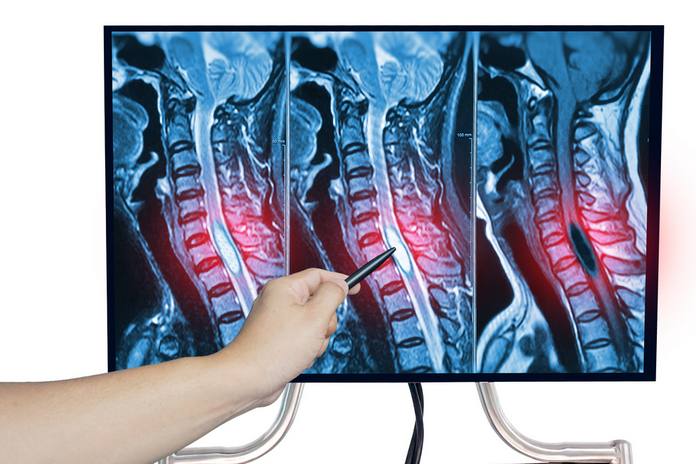Diagnosis of Peripheral Neuropathy

The most common way to diagnose peripheral neuropathy is through a physical exam and medical history. Your doctor will ask about your symptoms and look for clues that might suggest you have peripheral neuropathy. He or she may also order tests to help confirm the diagnosis. (5)
Blood tests
There is no definitive test for diagnosing peripheral neuropathy. However, blood tests may be used to help rule out some potential causes of the condition. These tests can measure levels of certain hormones and proteins in the blood that may be associated with certain forms of peripheral neuropathy. They can detect vitamin deficiencies, diabetes, abnormal immune function – all are potential causes of diabetes.
Imaging tests
There are a variety of imaging tests that can be used to diagnose peripheral neuropathy. MRI and CT scans can be used to look for lesions or tumors in the brain or spinal cord that may be causing the neuropathy.
Nerve function tests
Nerve conduction study measures the speed and strength of electrical signals as they travel along nerves. Another common test is an electromyography (EMG), which measures the electrical activity of muscles.
Electromyography (EMG)
It is a diagnostic tool used to assess the health of muscles and the nerve cells that control them. EMG may be used to diagnose peripheral neuropathy, a problem with the peripheral nerves. Damage to the peripheral nerves can cause weakness, numbness, and pain in the hands and feet.
During an EMG, small (thin, sterile) needles are inserted into the muscle and electrical activity of the muscle is then monitored. This can help determine if there is damage to the nerve cells that control the muscle. EMG may also be used to evaluate how well a patient is responding to treatment for peripheral neuropathy.
Nerve conduction studies (NCS)
Nerve conduction studies are a common diagnostic tool for peripheral neuropathy. This test measures the speed of electrical impulses as they travel along nerves. This information can help doctors determine whether there is damage to the nerves and, if so, where it is located. Nerve conduction studies can also help identify the type of peripheral neuropathy a person has.
Nerve biopsy
It is a clinical procedure that involves removing a small piece of nerve tissue, which is then examined under a microscope. This can be used to diagnose peripheral neuropathy and determine the cause of the condition.
